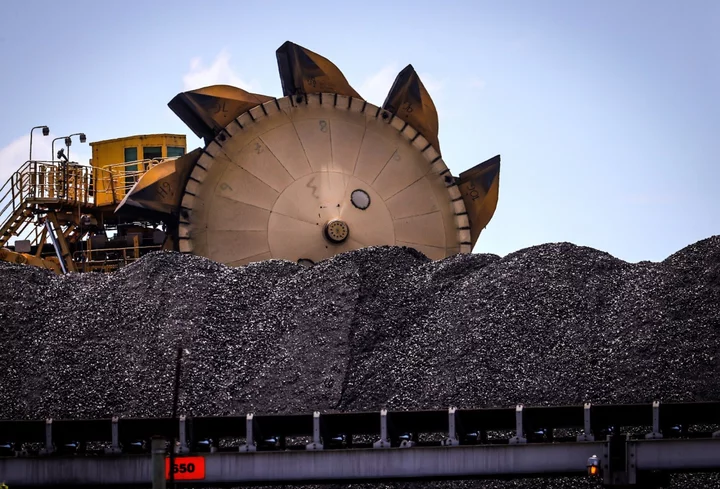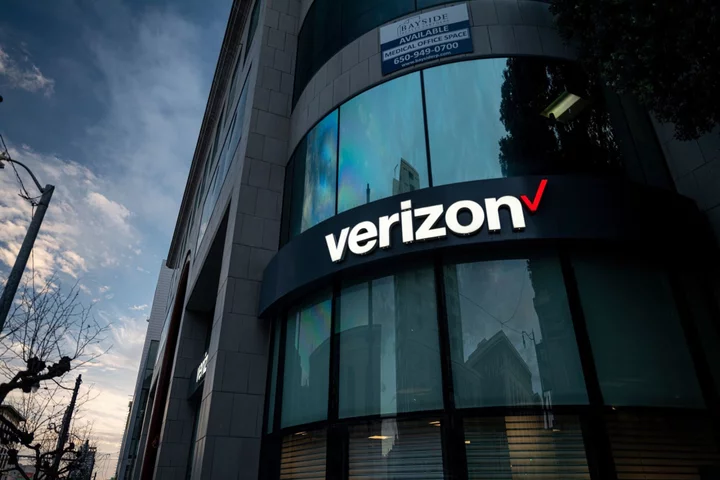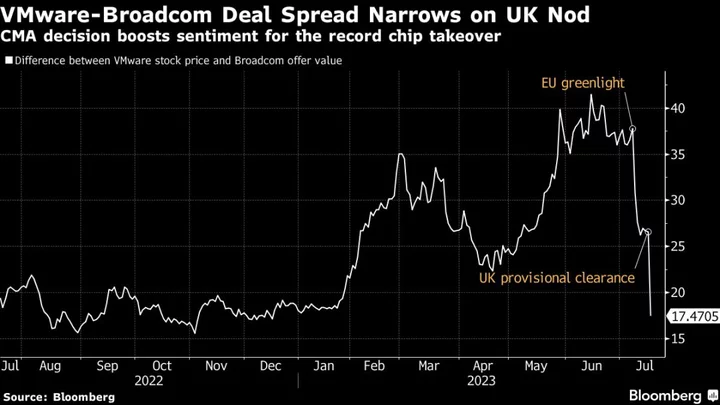For the past few years, ESG investment ratings and scores have been a magnet for controversy.
Elon Musk railed against ESG last year when Tesla Inc., whose stock is held by many climate-focused funds, was expelled from an S&P Global index that tracks companies on their environmental, social and governance standards. The Tesla co-founder responded by saying ESG is a “scam.” (The electric carmaker was put back into the index in June after making some additional environmental disclosures.)
The Tesla episode emerged about six months after a Bloomberg Businessweek investigation raised numerous questions about the veracity of ESG ratings. And now the European Union’s executive arm is pursuing a major crackdown of the industry, including forcing scorekeepers to be transparent in their oftentimes counterintuitive results.
“With all the new regulations coming in, assessments of financial materiality are critical and analyzing ESG factors is part of that process,” said Carla Nunes, managing director and global leader of Kroll’s valuation digital solutions group.
While doubts about the reliability of ESG ratings persist, Kroll, a financial advisory firm that focuses on governance, risk and transparency, has published a 105-page report that says companies with higher ESG ratings “generally outperformed” those with lower ratings during the nine-year period ended Dec. 31, 2021.
In its study, Kroll examined more than 13,000 companies across a variety of geographies and industries around the globe. The researchers focused on the relationship between a company’s total stock returns—dividends plus capital appreciation—and the ESG rating issued by MSCI Inc. over the 2013-2021 period.
Globally, so-called ESG Leaders generated an average annual return of 12.9% in the nine-year stretch, compared with 8.6% for so-called Laggard companies, Kroll reported. In the US, the country with the largest number of rated companies, the ESG Leaders earned an average annual return of 20.3%, compared with 13.9% for Laggard companies.
However, these robust relative gains are somewhat sketchy when looking deeper into the numbers. For example, US Laggards in the energy, health-care and communications-services industries “significantly outperformed” their better-rated counterparts, Kroll reported.
A major factor that skewed the numbers is the simple fact that larger companies have posted bigger market gains than smaller companies for most of the past decade—and these same companies generally have higher ESG ratings too.
Read More: ESG Investing Goes Quiet After Republican Attacks
The median market value of US companies with a Leader rating—a category comprised of MSCI’s two best marks, AAA and AA—was more than five times the market capitalization of US companies with a Laggard rating—a category comprised of the two worst ratings, B and CCC.
Still, while there are some points of contention, the positive overall performance of ESG Leaders is yet another data point disproving claims by ESG critics on the right who claim sustainability isn’t profitable.
In their study, the Kroll researchers acknowledge the “politization” of ESG, but they conclude that investing simply involves the consideration of “risks and opportunities” and that includes issues that may arise from various environmental, social or governance trends.
While political uncertainty may impact investment decisions in the short term, the broader shift toward a greener global economy means investors will continue to be interested in ESG-focused investment opportunities as part of their asset allocation decisions, Nunes said.
“While time will tell whether the ESG label ultimately prevails, it doesn’t really matter because the premise behind the strategy isn’t going away,” she said.









